Imaging
-

Vanderbilt launches AUD Research and Education Center with prestigious $8.9 million NIH grant
An $8.9 million grant from the NIH will establish the Vanderbilt AUD Research and Education Center, enhancing Vanderbilt University’s national leadership in neuroscience and addiction research. This initiative aims to foster interdisciplinary collaboration, advance understanding and treatment of alcohol use disorder, and engage the public through education and outreach efforts. Read MoreMar 21, 2024
-

Better adenoma detection
Fluorescent nanoparticles clearly identified colonic adenomas — precursors to colorectal cancer — in mice, and the formulation should translate to clinical use in humans. Read MoreMay 4, 2023
-

PET imaging probe for Alzheimer’s disease
Vanderbilt researchers report on a new PET imaging probe that will be useful for exploring Alzheimer’s disease pathology. Read MoreFeb 24, 2022
-

Imaging guidance for nerve repair
A noninvasive, quantitative MRI method could be used after surgical repair of traumatic peripheral nerve injury to help clinicians make decisions about whether additional surgical interventions are needed. Read MoreFeb 9, 2021
-

Imaging “biomarker” for Alzheimer’s disease progression
Changes in connectivity in the brain’s white matter may be a novel neuroimaging biomarker for assessing Alzheimer’s disease progression. Read MoreNov 16, 2020
-

Team uses imaging to study ways the heart is affected by coronavirus
Researchers are using imaging and diagnostic pathology to examine postmortem hearts donated by victims of COVID-19 to gain a better understanding of how the coronavirus that causes COVID-19 affects the heart. Read MoreMay 21, 2020
-
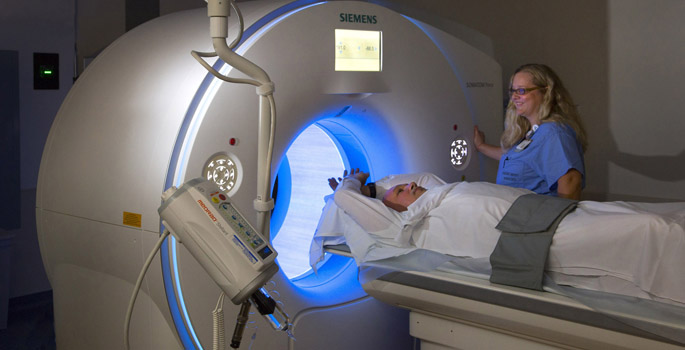
Potential probe for early ovarian cancer
Larry Marnett and colleagues have developed what may become the first agent for targeted PET imaging of cancer tissues, such as ovarian cancer, that express high levels of the COX-1 enzyme. Read MoreJun 20, 2019
-
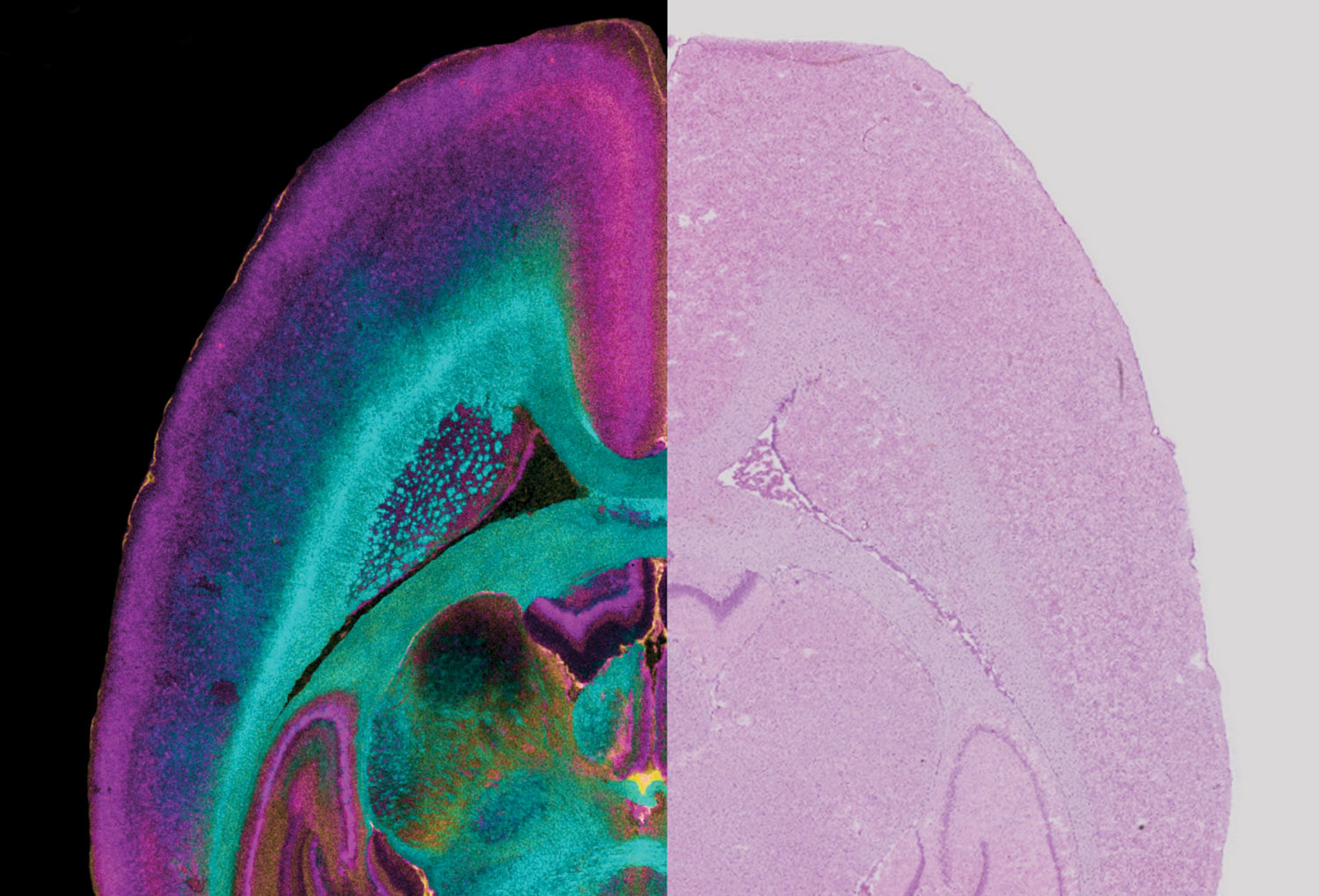
Up Close and Personal: Vanderbilt explores the frontiers of imaging technology
Recent advances in imaging technology are enabling Vanderbilt scientists to gain unprecedented views of how molecules, cells and tissues work together, yielding radical new insights into the causes, treatment and prevention of disease. Read MoreJun 8, 2018
-

New imaging approach offers unprecedented views of staph infection
A new integrated imaging approach makes it possible to probe the molecules involved in invasive infections and can be broadly applied to any health or disease state. Read MoreMar 15, 2018
-
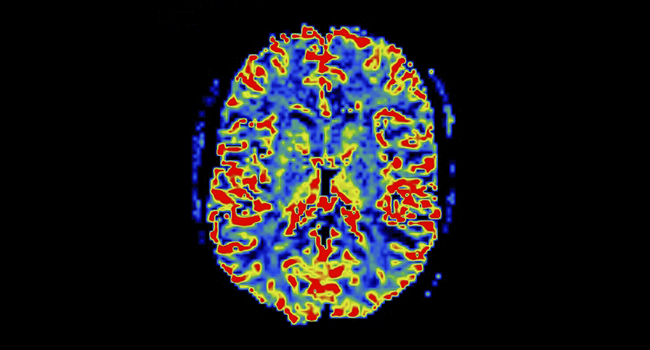
BOLD view of white matter
Vanderbilt investigators have discovered that functional MRI detects neural activity in both gray and white matter in the brain, suggesting new ways to investigate diseases such as Alzheimer’s and multiple sclerosis. Read MoreJan 12, 2018
-

Lighting up iron levels
A new probe enables iron imaging in living animals, providing a unique tool for studying iron’s contributions to health and disease. Read MoreJan 11, 2018
-

Nanobeacon lights up colon tumors
A novel fluorescent nanobeacon can distinguish normal from diseased colon tissue, potentially offering advantages for colorectal cancer screening. Read MoreMar 30, 2017
-

New Radiology website gives patients pre-visit tips
Patients scheduled to undergo an imaging procedure at Vanderbilt University Medical Center (VUMC) can now explore a new Radiology and Radiological Sciences patient website for tips about what to expect during the visit, how to prepare for the procedure and how early to arrive prior to the appointment. Read MoreMar 9, 2017
-

Imaging probe for retinal disease
An imaging probe developed at Vanderbilt detects retinal inflammation early and may allow therapeutic intervention to prevent blindness. Read MoreOct 12, 2016
-
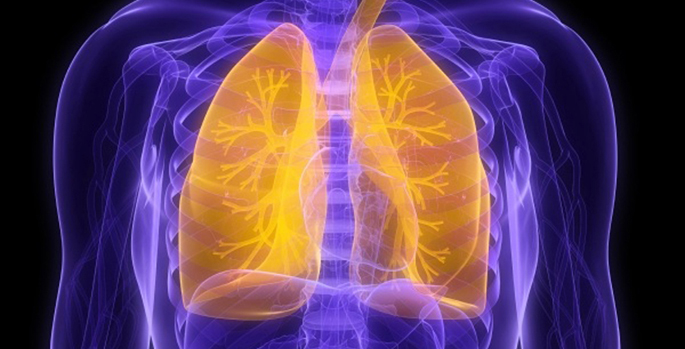
Grant spurs study of novel imaging technique for COPD
Vanderbilt researchers have received an R01 grant from the National Institutes of Health to study a novel non-invasive imaging approach to detect activation of inflammatory cells in the lungs of patients with chronic obstructive pulmonary disease (COPD), a progressive lung condition that makes breathing difficult. Read MoreSep 15, 2016
-
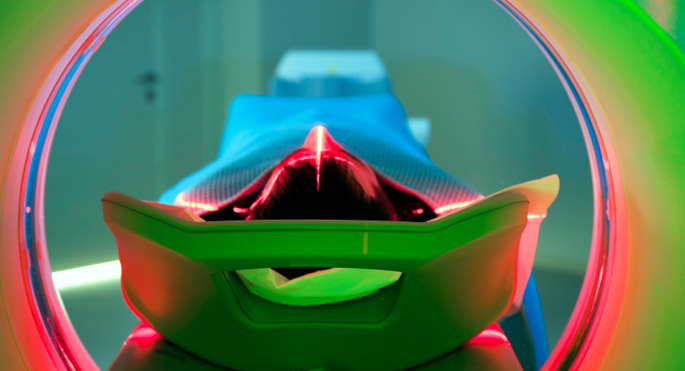
Superior scan for tumors
Imaging with a compound that binds to neuroendocrine cells is a safer and more effective way to detect rare neuroendocrine tumors. Read MoreJun 24, 2016
-

VEI receives grant from Research to Prevent Blindness for research and education
The Vanderbilt Eye Institute recently received a grant for $115,000 from Research to Prevent Blindness, placing the total award amount for unrestricted grants from the organization at $860,000. Read MoreJun 25, 2015
-

Lit up COX-2 cancer probe
A new imaging probe developed by Vanderbilt investigators enhances tumor visibility and has broad applications in diagnosing and monitoring patients with cancer. Read MoreJun 17, 2015
-

Optical imaging in drug therapy screens
A non-invasive imaging tool could test potential cancer therapies quickly to personalize therapy for patients. Read MoreOct 1, 2014
-

Powers helped launch ‘Nighthawk’ imaging service
Vanderbilt’s Thomas Powers, M.D., has learned to see exceptionally well in the dark. Read MoreJun 12, 2014